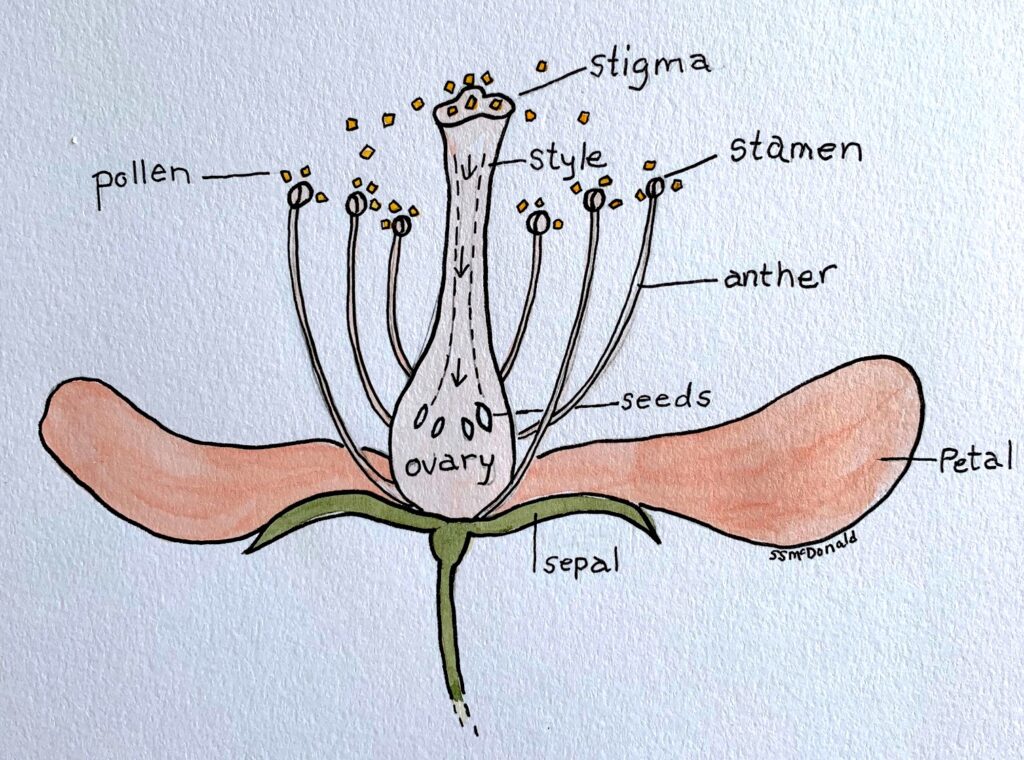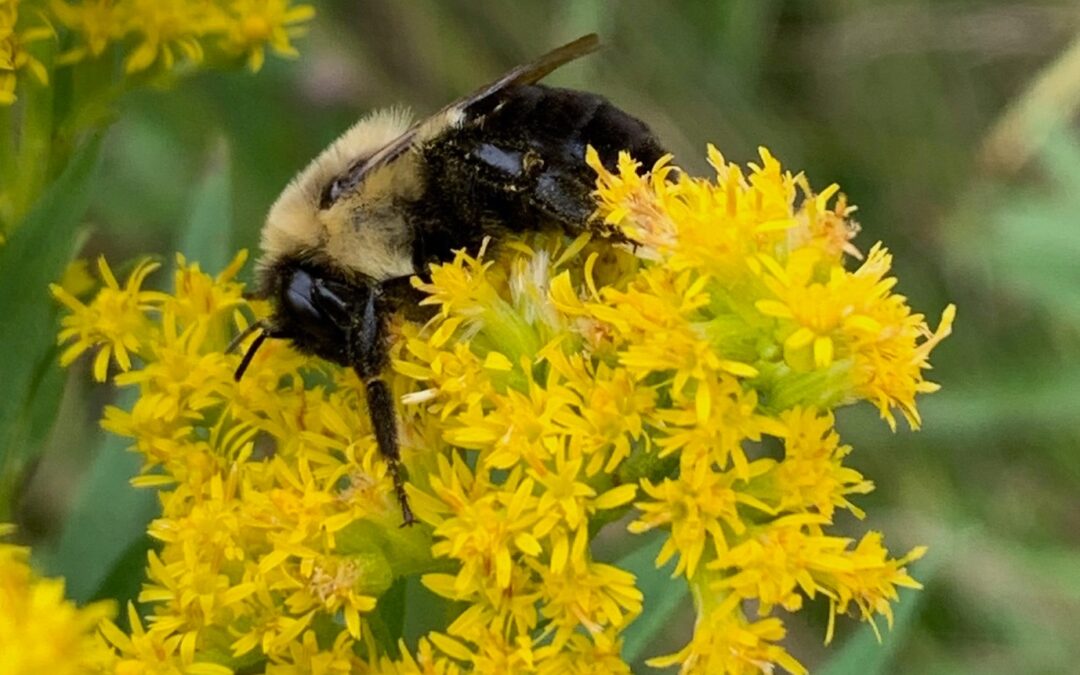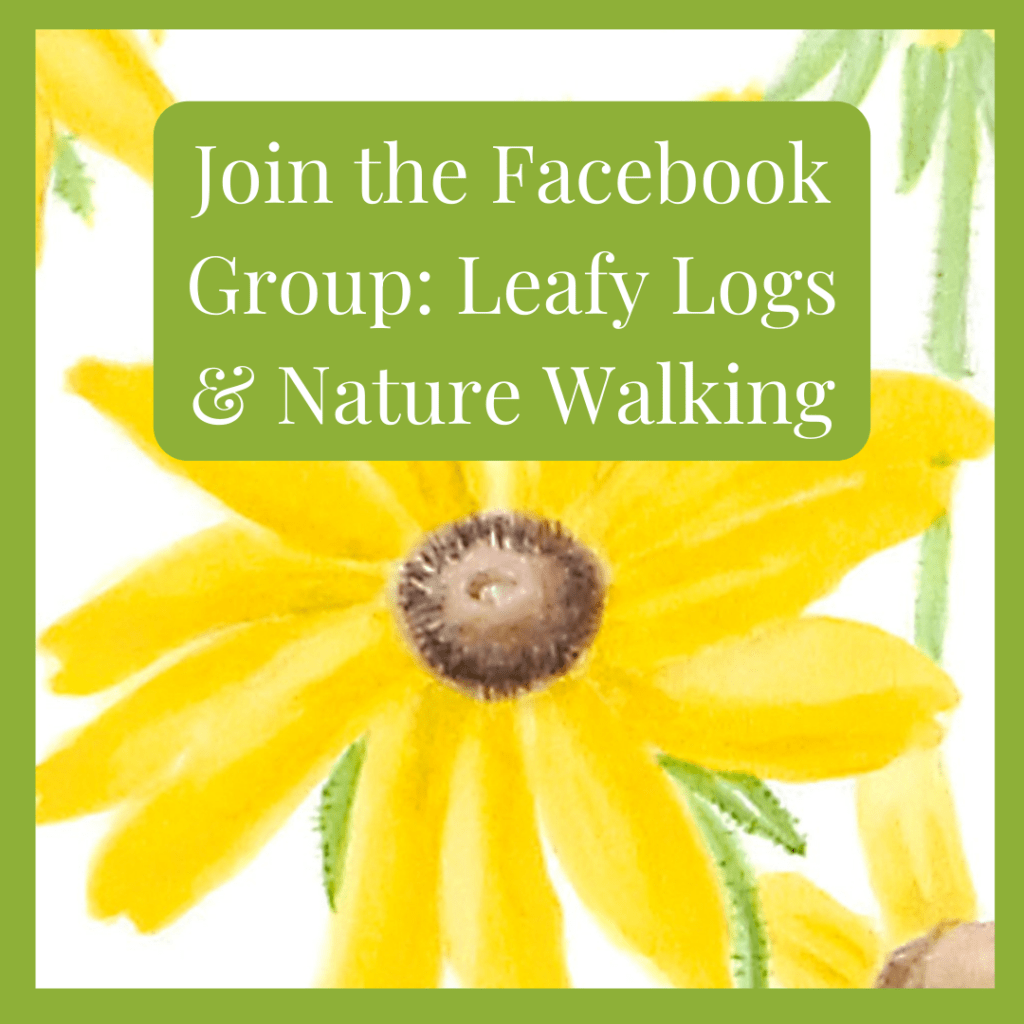Flowers come in many shapes and colors. Some of them smell very pretty, some don’t smell at all and a few even smell like rotting fruit. It takes a lot of energy for a plant to create a flower. Why has it evolved to create a color and fragrance that will attract a pollinator? What is pollination? And why pollinate the flower anyway? For a plant to grow every year and to colonize new areas, it produces seeds that are carried by animals and birds to new places. In order to produce seeds the pollen must reach the ovary of the flower. The pollen first lands on the stigma and travels down the style to the ovary. Flowers have developed many systems in order for this to happen. And often a pollinator such as a bee or a bird facilitates this process.
Because plants and insects have evolved together over thousands of years, successful pollination sometimes requires a particular insect or several particular insects, in order for pollination to occur successfully. Flower colors may attract a certain bee or butterfly, just as a pretty dress or scarf will attract a person. Fragrance may also be important. A lilac bush that smells wonderful will attract many pollinators. The same is true of many of our favorite flowers such as roses and peonies. Do you know a person who wears perfume made from rose flowers? Pollinators also eat the nectar from flowers and store it to feed their babies. Bumble bees are some of my favorite insects to watch in the autumn. You can often find them sleeping on top of a goldenrod flower. They will rest all night on the goldenrod and start working again when the sun warms it in the morning. Remember, insects are cold-blooded, so in order to move they must have warmth. Don’t be afraid of a bumble bee. They are not aggressive. Don’t frighten them, and they will not harm you. As the air cools in the fall, bumble bees will dig a tunnel in the ground. Inside this tunnel they store lots of pollen so that in the spring their babies will have food. Then they lay eggs and close their shelter so the babies will be safe until the eggs hatch out in the spring. This is a different kind of house from the hive that honey bees build, isn’t it? Bumble bees are not social bees the way honey bees are. They do not take on different jobs and all live together. In the early spring, Mama bumble bees must do all the tasks to protect and feed their eggs. Soon some female bees become worker bees and help out with the foraging and feeding for the next generation.

This is one reason that having flowers that bloom in the autumn is important. Lots of insects must store food in little burrows and crevices to feed during the cool months or early spring. Pollen from fall blooming flowers helps them to survive. People also store food for the cold months. Have you made jelly from summer fruits? Will you store apples and carrots in a cool place in order to eat them during the winter? When bees visit a flower, they are looking for food for themselves or for their babies. With their brushy legs, they inadvertently pick up pollen and drop it around the flowers they are visiting. They often move much more pollen than they can take away to eat. That extra pollen may fall onto the stigma and move down into the ovary starting the process of fertilizing a seed. In the fall we find many seeds. In our next excursion, we will look for seeds.


